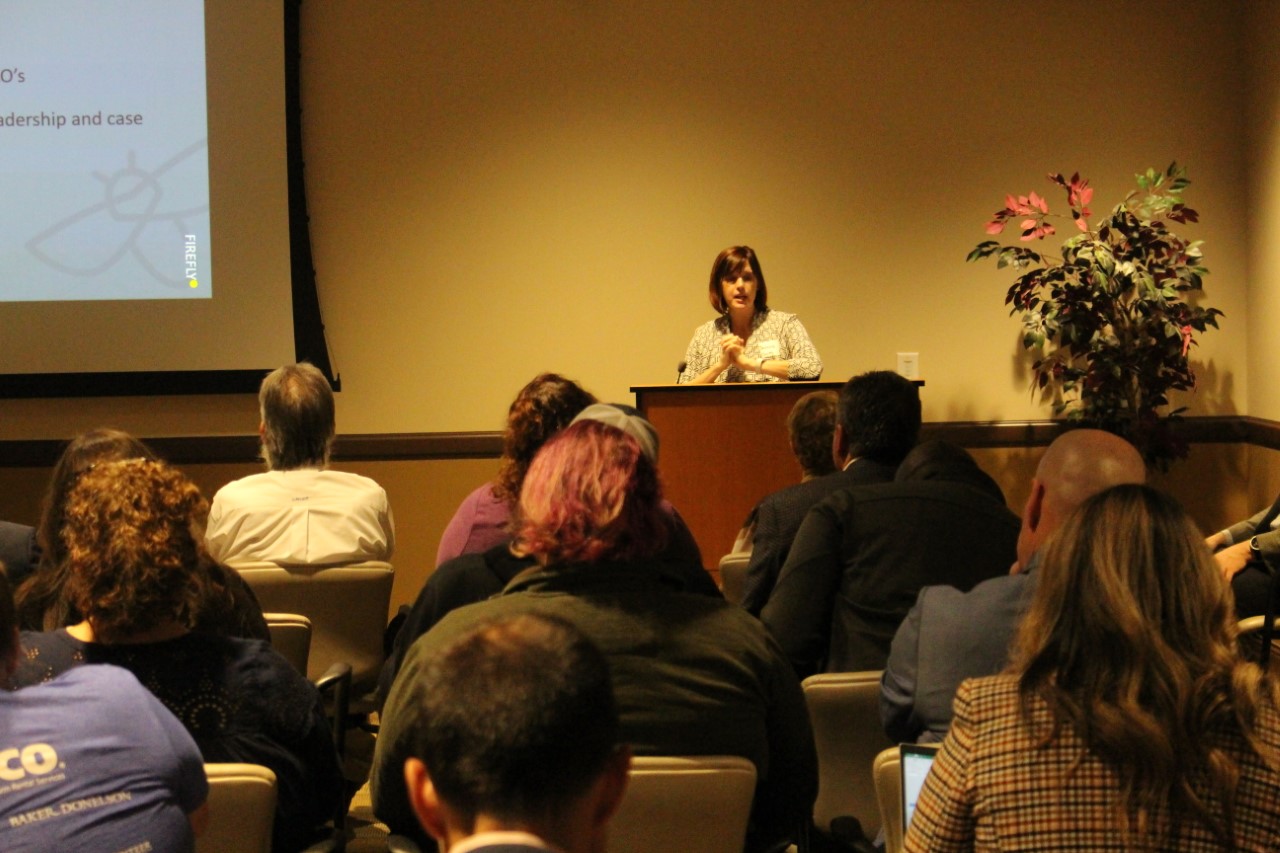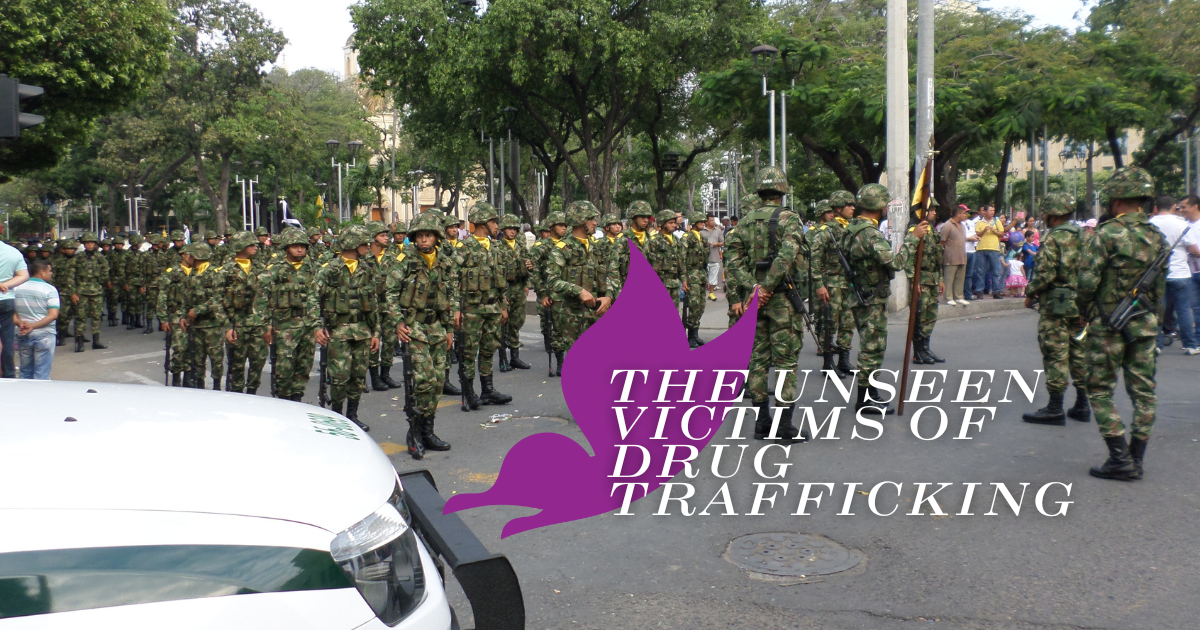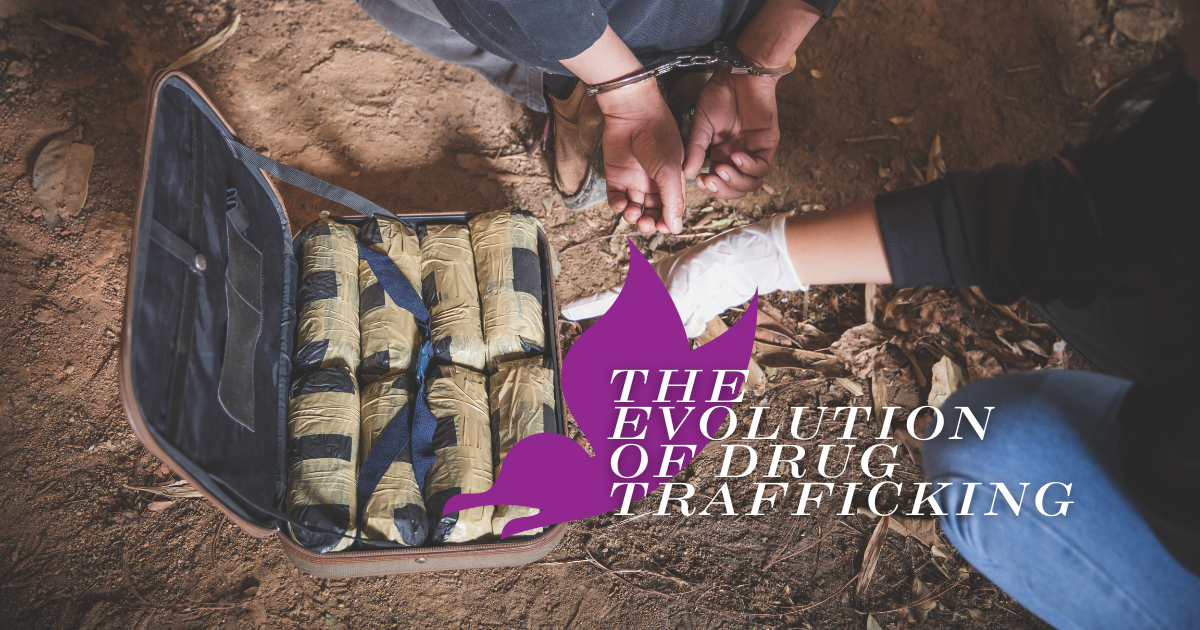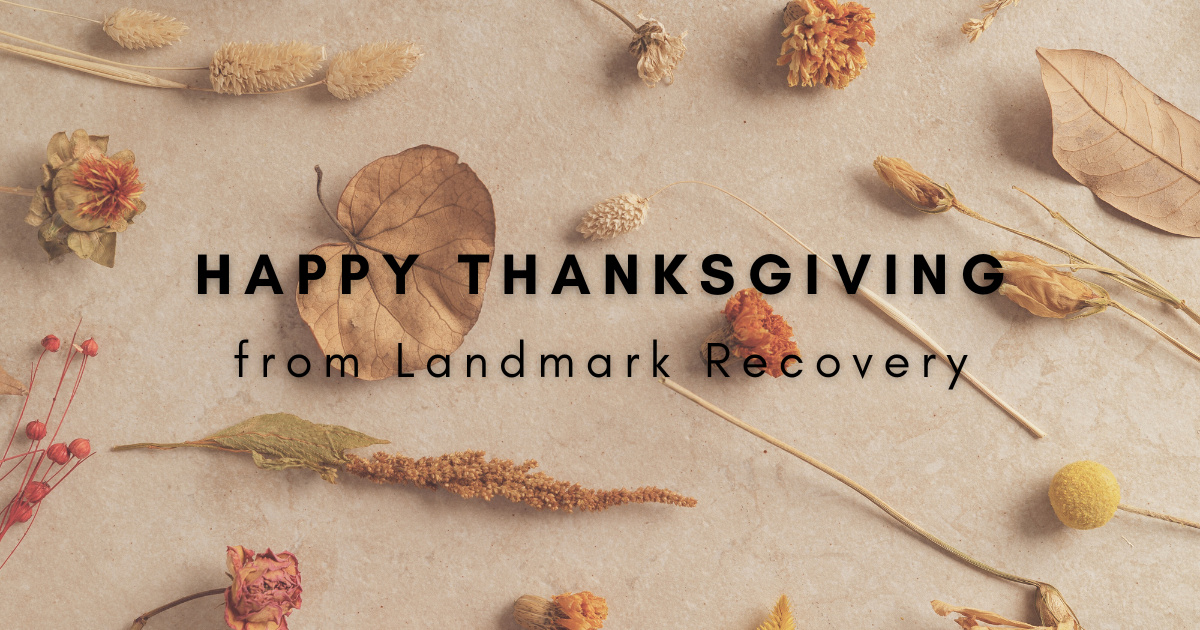The inaugural Mid-South Addiction Conference, held October 21 through 23 in Nashville, Tenn., brought together addictionologists, healthcare professionals and a plethora of expert presenters. While speakers discussed the efficacy of various modalities of addiction treatment their focus largely landed on ways to address the rise in fatal drug overdoses. Researchers overwhelmingly pegged synthetic substances as the mortal threat to the U.S. population, opioids or otherwise.
Some experts presented data on prescription drug misuse versus the abuse of illicit substances. They investigated Justice Department intervention and enforcement. They evaluated demographics and trends. All of these contributed to a growing list of concerns, but synthetic drugs remained the most constant factor.
Synthetic Opioids and Other Narcotics
Dr. Kristopher Kast, program director for Vanderbilt University’s Addiction Psychiatry Fellowship, introduced experts on myriad subjects. Everyone’s focus, regardless of the topic at any given moment, was on how best to combat the opioid crisis. This isn’t an epidemic wrought solely of death, though fatal overdose has reached historic peaks.
“Synthetics are the reason young people are dying,” said Dr. Rebecca Donald. She’s an assistant professor of anesthesiology at Vanderbilt. Pain medicine is one of her areas of expertise. She addressed what’s wrong with how pain is conventionally treated.
David Rausch, director of the Tennessee office of the Federal Bureau of Investigation, corroborated Dr. Donald’s claim based on what law enforcement encounters. He talked about the top ten drugs those encounters reveal on the street.
Of these, he emphasized how critical it was that they focus on disrupting the supply chain for synthetic drugs. These include fentanyl and newly engineered cannabis extracts. To be fair, these are also the tip of the iceberg.
The opioid crisis is also one of the pillars of mass incarceration according to Tennessee Judge Jennifer Smith who addressed attendants alongside Judge Angelita Dalton. Both preside over drug courts, which remain a fairly young phenomenon in the judicial system.
The crisis also involves what many other courts around the nation have ruled to be corporate exploitation of chronic pain and countless conditions ineffectively treated with opioids. Persistent poverty is another struggle for those with substance use disorders, and this sometimes presents a barrier to treatment.
Top 10 Illicit Drugs in Tennessee
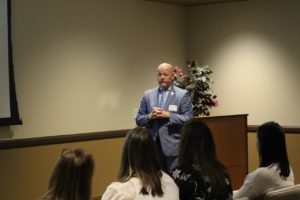 Rausch reported 26 different kinds of fentanyl regularly encountered in drug seizures within Tennessee. Much of what made up the list, Rausch said, was largely consistent with national trends, too. Furthermore, fentanyl is slowly beginning to replace cocaine and heroin; both of which are in decline. Cannabis similarly always used to be the most common encounter on the street. Within the last three years, methamphetamine overtook cannabis for the #1 spot.
Rausch reported 26 different kinds of fentanyl regularly encountered in drug seizures within Tennessee. Much of what made up the list, Rausch said, was largely consistent with national trends, too. Furthermore, fentanyl is slowly beginning to replace cocaine and heroin; both of which are in decline. Cannabis similarly always used to be the most common encounter on the street. Within the last three years, methamphetamine overtook cannabis for the #1 spot.
- Methamphetamine
- Cannabis
- Fentanyl
- 4-Anilino-N-phenethylpiperidine (ANPP)
- Cocaine
- Fluorofentanyl
- Heroin
- Buprenorphine
- Delta-9 (cannabinoid)
- Tramadol
Why Buprenorphine Is Being Misused
The fact that buprenorphine even makes the cut speaks volumes about the criminalization of substance use disorders as opposed to treating it solely as a mental health issue. Buprenorphine is an opioid used to treat opioid use disorder, but it’s also a Schedule-III controlled substance.
In the U.S., it’s combined with naloxone to create Suboxone, which is administered when withdrawal symptoms begin for the cessation of other substances. This drug is referred to as “prison heroin” because it shows up in correctional facilities more than anywhere else. Even though buprenorphine is used to treat opioid addiction, unauthorized use of a controlled substance is no less illegal.
On the outside, though, buprenorphine is the preferred treatment for opioid use disorder. Dr. Ellen Edens – associate professor of psychiatry at the Yale School of Medicine – addressed a racial disparity in its distribution. She highlighted ways it impinges upon efforts to upend the opioid epidemic evenly across demographics.
She showed that White drug users are three to four times more likely to get prescribed buprenorphine than their Black and Latinx counterparts. People of color statistically receive Methadone overwhelmingly more often.
Methadone requires repeated, regular visits on a consistent regimen at the same clinic indefinitely whereas buprenorphine can simply be prescribed for users to administer at home on their own. Her presentation labeled this a form of systemic racism that automatically disadvantages people of color even when no racial prejudice is in effect at the individual level.
Meth Use Across the U.S.
Methamphetamine seizures are reportedly recovering what constitutes the purest meth in U.S. history on average. Rausch described crystals so large that law enforcement officers commonly see these drugs and assume at first that it’s fake.
Of all the most popular drugs, though, meth interestingly doesn’t have its own category of substance use disorders in the latest edition of the Diagnostic and Statistical Manual of Mental Disorders (DSM-5). According to Dr. Ron Cowan – professor of psychiatry and behavioral sciences at Vanderbilt – it’s grouped with all stimulants under “Stimulant Use Disorder.” Dr. Cowan is also the director of Vandy’s Adult Psychiatry Residency Training program.
Meth abuse causes neurotoxicity to such an extent that Dr. Cowan believes research has yet to fully appraise the breadth of its damage. Users have persistently impaired cognition. In fact, Dr. Cowan said this impairment includes increased impulsivity.
He added that the resultant behavior of constantly acting on impulse doesn’t go away even if one gets clean. This leads those in recovery from meth abuse very likely to relapse on a whim. As such, the addictiveness of meth is unique.
Fentanyl & Cannabis Trends
There are over 100 cannabis extracts on the street coming from Sativa. Sativa is a subspecies of the cannabis plant with the psychoactive tetrahydrocannabinol intact. These include hexahydrocannabinol, Delta-8, Delta-9 and Delta-10.
Users are likely to call all of these “weed” and may not even know the difference between one and the other. The strongest of them is also the newest: tetrahydrocannbiphoral (THCP). It’s 30 times more potent than Delta-9 according to Rausch.
Many of these new extracts are, in fact, legal simply because legislation only addresses traditional marijuana. Delta-8, for example, is freely enjoyed recreationally in bars even in states where no use has been legalized for marijuana.
“Unfortunately, our laws are not keeping up with these cannabinoids,” Rausch said. “A day doesn’t go by that I don’t see a very large seizure of fentanyl.”
The Tennessee Bureau of Investigation had just gotten control of some 22 pounds of fentanyl in a single seizure the day before the conference. Mind you: people typically overdose on about 2 mg of fentanyl.
“About half of all psychostimulant overdose in the U.S. involves opioids, even fentanyl,” Dr. Cowan added.
The Drug Court Phenomenon
Drug courts took center stage during an open discussion held at the conference. The conversation was led by Judge Jennifer Smith and Judge Angelita Dalton. Both preside over drug courts in the Nashville area. Court-ordered rehab is a product of recent decades, and different states handle it different ways. There’s no federal uniformity to how drug courts operate.
Nevertheless, none of them operate like typical courts. Rather, these are recidivist programs to which people who are usually already incarcerated get referred. They’re meant to serve as an alternative means of dealing with repeat offenders who keep getting processed by the same criminal courts.
“It’s a community of people who understand and know issues related to substance use disorders and the best ways to address and treat those,” Dalton said.
“If I see a participant successfully move through each phase, that’s success to me,” Smith added when defining what success looks like for the program. “For me, as a Tennessee court judge, I don’t want to see them reoffend.”
Convicts get referred to drug court after being assessed and found to be “high-risk, high-need” but with little-to-no indicators of violence in Smith’s court. There are residential and non-residential recovery courts, and the former requires down payments not everyone can afford. Those are halfway houses.
Non-residential recovery is grant funded when court-ordered through these programs. On the other hand, non-residential programs also wind up being underfunded for referrals to sober living homes.
The difference between halfway houses and sober living homes is that the former is technically court-ordered rehab. The latter is usually a private, third-party albeit grant-funded program. Neither is an addiction treatment center.
Smith spoke anecdotally to the demographics of those who usually succeed in her program. Successful cases were either middle-aged men with complex histories of repeat incarceration or mothers separated from their children with histories of trauma like that of domestic abuse.

Choose Recovery Over Addiction
We're here 24/7 to help you get the care you need to live life on your terms, without drugs or alcohol. Talk to our recovery specialists today and learn about our integrated treatment programs.

